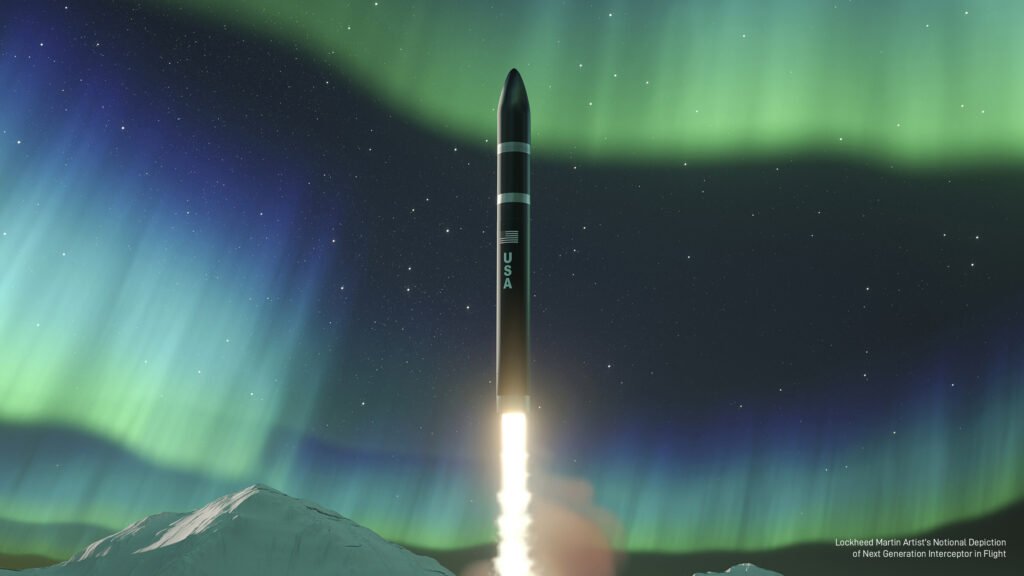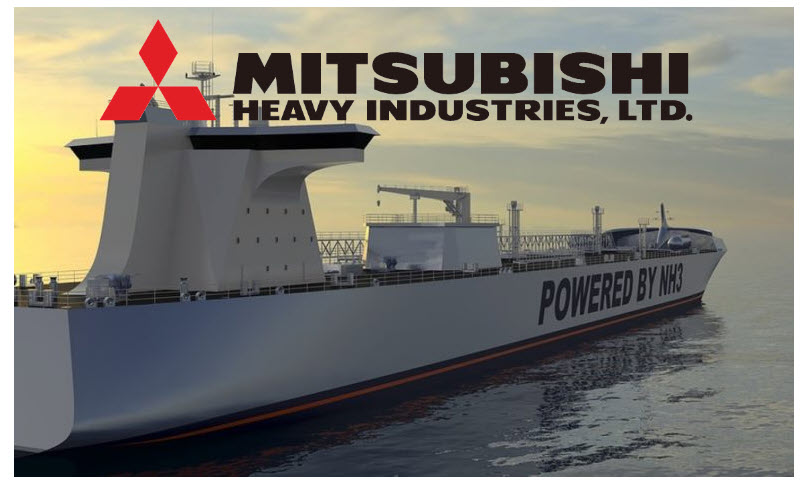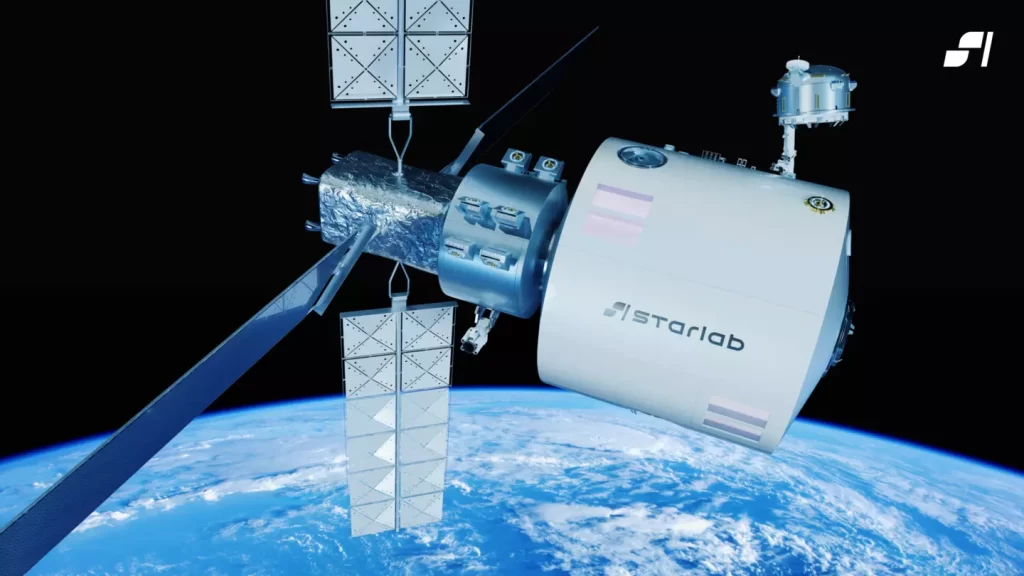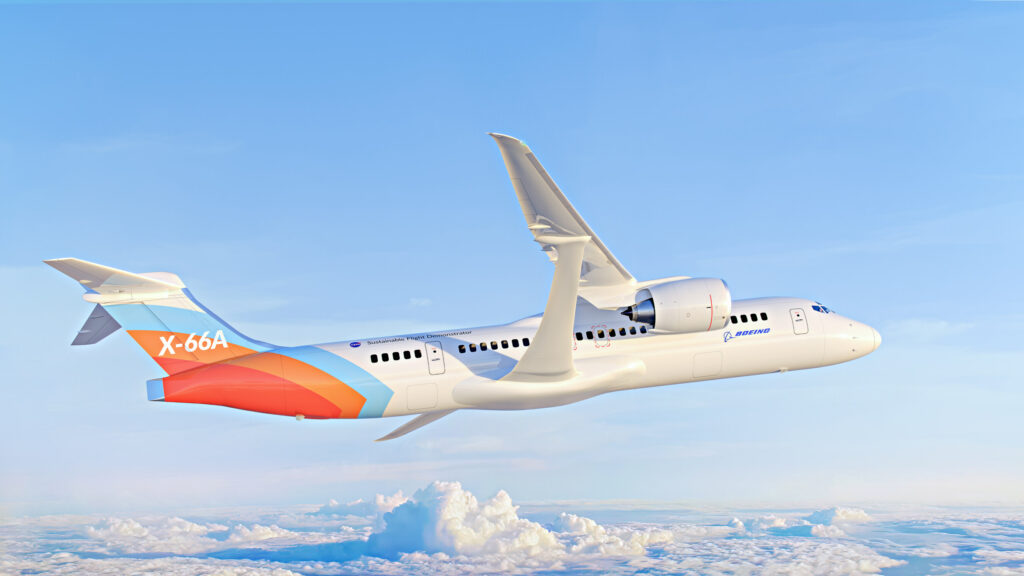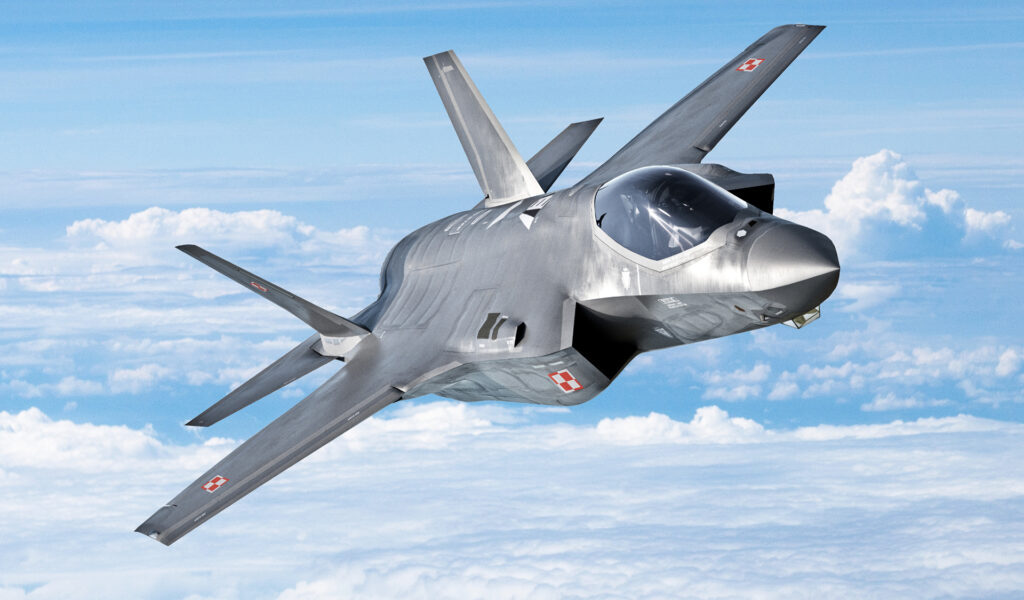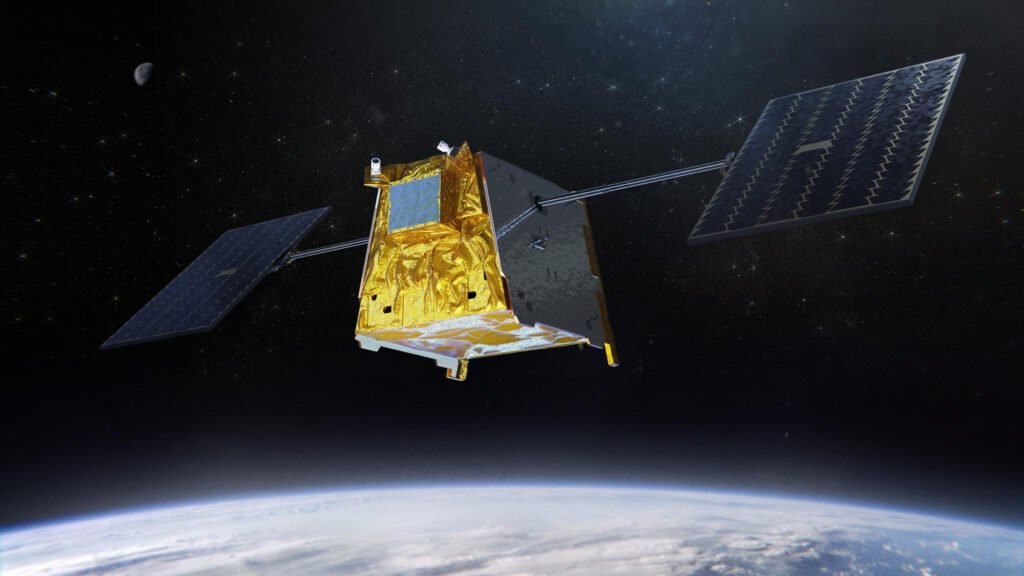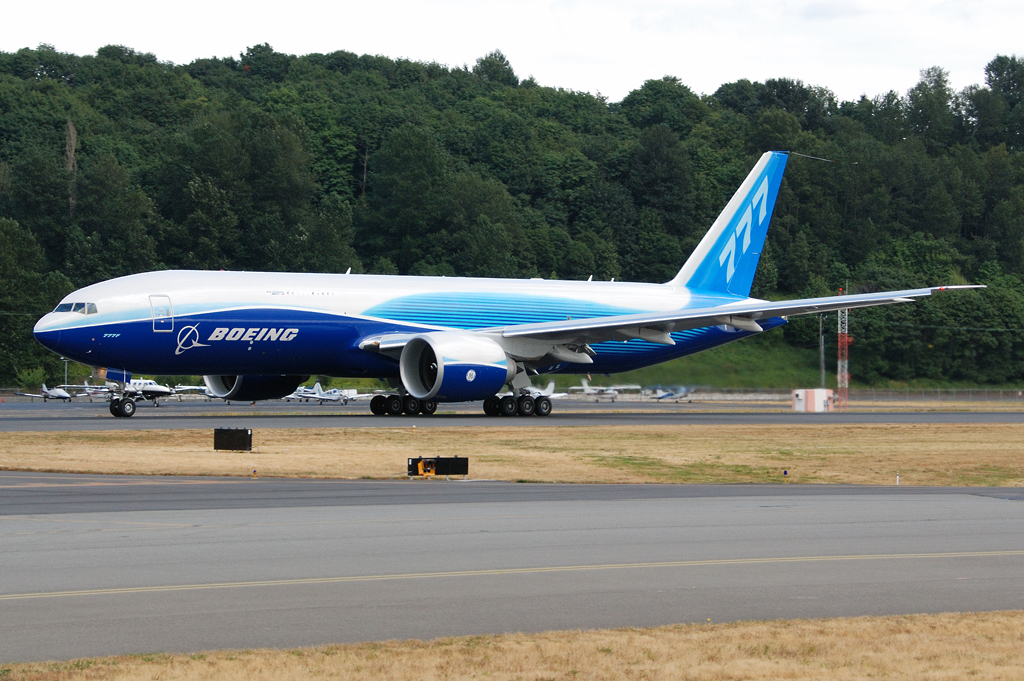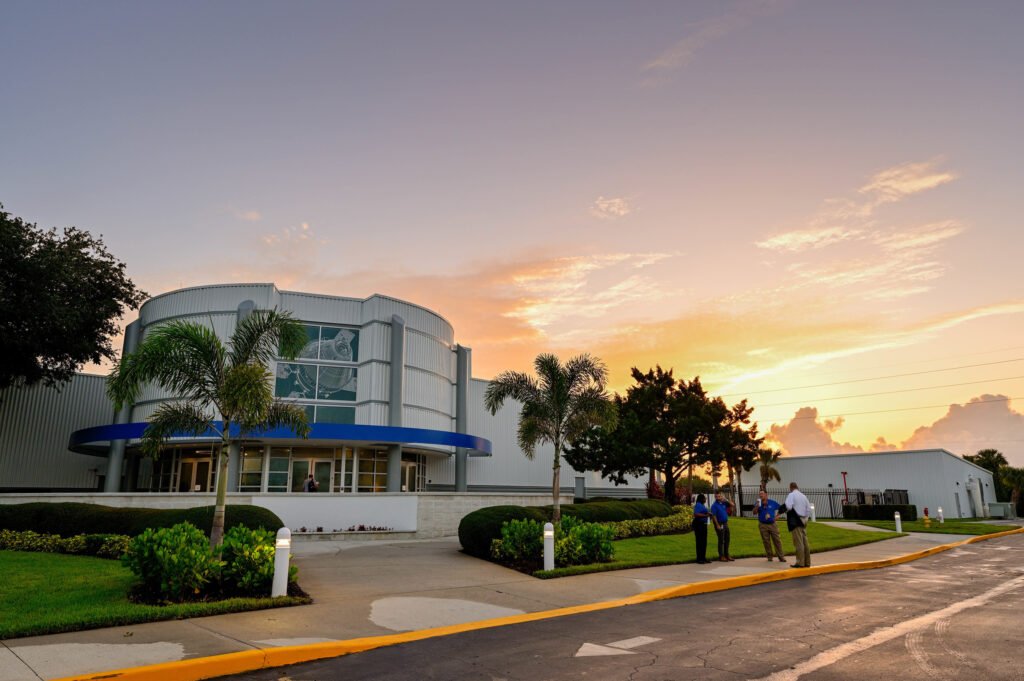Lockheed Martin Next Generation Interceptor Completes All Design Reviews At Accelerated Pace
Huntsville, Alabama, August 7, 2023 (PRNewswire) - Lockheed Martin (NYSE: LMT) successfully validated designs for all elements of the nation's Next Generation Interceptor (NGI) with the U.S. Missile Defense Agency (MDA). Through a series of successful and…
